We all know that the proposal process can be inefficient. Luckily, RFP technology is delivering huge improvements. After seeing how it works, proposal managers often ask for help creating a business case for RFP software. In fact, writing a compelling business case can be the difference between discovering new efficiency and getting stuck doing things the way they’ve always been done.
The business case communicates the benefits of adopting new services or products. If your business case is successful, it will help speed the deployment of your proposed solution. In addition, it establishes a good foundation to measure the value of RFP software.
This blog will explore the definition and purpose of a business case as well the people involved. It will also outline how to write a business case in seven simple steps. In addition, I’ll offer a specific example of an RFP software business case and template that can be downloaded and adapted for any software purchase. So, if you’re ready to transform your proposal process and need to write a persuasive business case for RFP software, read on.
Business case background
What is a business case and why do they matter?
A business case is a short document that captures the key reasons for undertaking a new project. It provides all the information so that the executive decision maker can determine whether your project should move forward or not.
When it comes to an RFP software business case, the document will address why the company should purchase and implement the solution. Business cases are a normal part of the procurement process. They present a current challenge, the impact of the challenge, a proposed solution and anticipated benefits if the solution is adopted. Generally, a successful business case leads to a purchase or an RFP.
Who does a business case for RFP software involve?
There are a number of people involved in preparing a business case. Each is responsible for a different set of tasks. To begin, identify which people in your organization will play a role in creating or approving your business case.

Project sponsor
The business case starts with a project sponsor. This is the person who writes the business case. When it comes to an RFP software business case, the project sponsor will generally be the person or people most impacted by improving processes. They may be responsible for responding to RFPs, security questionnaires or DDQs. From proposal managers to sales operations, anyone who feels the pain of the problem, believes in the solution and will champion it can serve as the project sponsor.
Stakeholders
Getting buy-in from stakeholders can be key to success. So, who are your stakeholders? Anyone who is involved in or impacted by your RFP process. For instance, sales representatives, the business operations team, subject matter experts (SMEs) and marketing team members can often offer valuable input when writing your business case for RFP software. Their endorsement of your business case will make it even stronger. So, be sure to collaborate with them and specifically communicate how RFP software would improve their part of the RFP process.
Decision makers
This is the person or group of people that holds the fate of your project in their hands. The role of the decision maker varies from one business to another. For example, a decision maker may be a marketing director, chief information and security officer, director of business operations or finance executive. Typically, the decision maker is concerned about the proposed solution’s benefits, value and cost. Their primary focus will be if understanding the solution will help the business achieve their goals.
Benefits of creating a business case
While it would be great to be able to skip the procurement process and jump straight to the purchase, creating a business case often has unexpected benefits. Likewise, moving forward too quickly when purchasing software might have unintended consequences.
Building the foundation for a successful project
Beyond winning budget from executives, building an RFP software business case forces you, as the project sponsor, to carefully consider all aspects of the project. The more thoroughly you plan your project, the less likely you are to run into unforeseen challenges and roadblocks.
In fact, according to a study from the Project Management Institute, one-third of executive leaders believe that inaccurate requirements gathering or poor communication were the cause of project failure.
The business case can help in both of these areas. It can serve as a project guide when you begin to deploy your RFP solution. In addition, it is also a good communication tool for your entire team. As the first step of your project, the business case clarifies your goals, expectations and timeline.
Professional development
Learning how to write a business case is a skill that will serve you well throughout your entire career. Composing a business case reinforces your value (and the value of your RFP process) to the larger business. Because it details the challenges you are facing as well as the improvements that are possible, it highlights the work you do to executive-level decision makers.
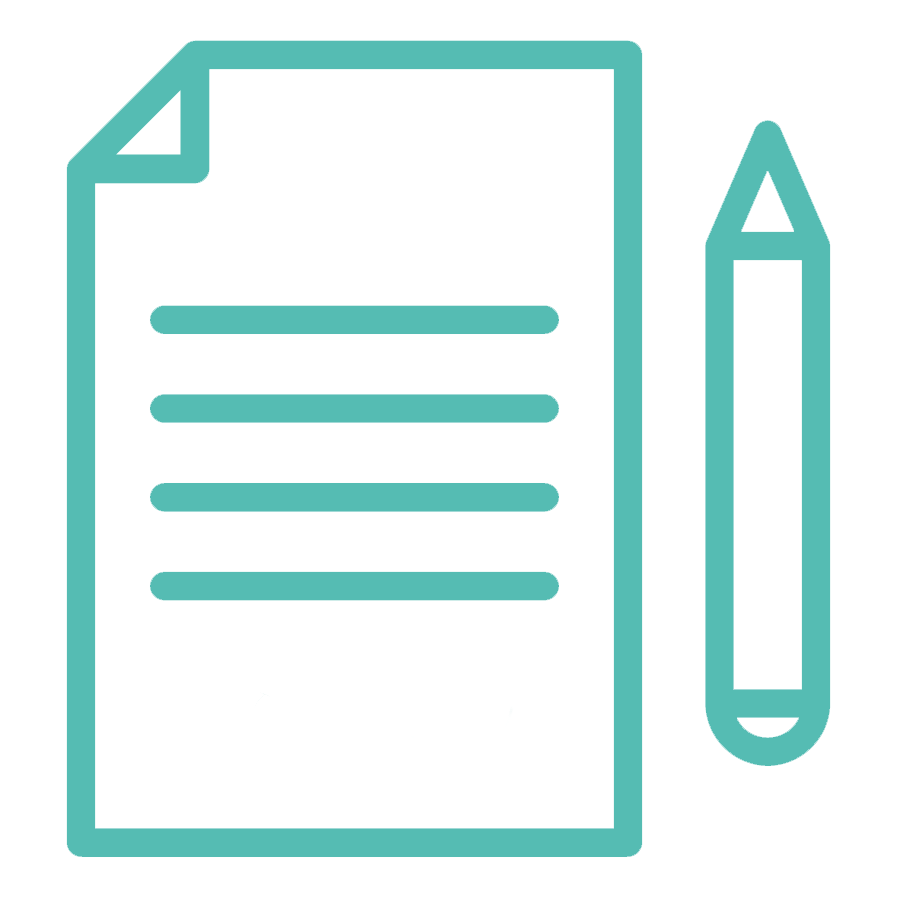
As the author, the business case also illustrates your personal expertise. It expresses your passion, expertise and vision for your role, department and business. Finally, presenting a strong business case demonstrates your ability to be a proactive problem solver, as well as your commitment to being a good steward of company resources.
7 elements of a business case
1. Executive summary
A business case should be short and to the point. Generally, try to keep the entire document under three pages. To help capture attention, start with an executive summary. Just like an executive summary for a proposal, a business case executive summary should get straight to the point and deliver the bottom line: the big-picture problem, the proposed solution and the expected outcome if the project moves forward.
2. Challenge assessment
Chances are good that your decision maker doesn’t live in the proposal process day in and day out. So, your RFP software business case must include a clear picture of the challenges you face. Explain the current RFP response process. Then outline the challenges you face in each step.
Challenge examples:
- Manually searching for previously used RFP content and customizing it
- Managing existing RFP content repository for accuracy, tone consistency and updates
- Collaborating with subject matter experts through email with requests and reminders
- Tracking proposal response data including who wrote the response, when it was updated, how many times it’s been used and who approved it
- Creating proposals with consistent formatting, design and required attachments
3. Impact statement
After you’ve described the problem, explain the impact. Take both short and long-term views as you consider the larger business as a whole. Focus on how the problem affects the business, explain the circumstances and provide context. If possible, offer actual figures of the impact of the inefficiency. Explore any potential risks that may exist or limitations caused by the issue.
Impact examples
- Inaccurate or out-of-date information in proposals may pose a risk to the business
- An inefficient RFP process limits the number of opportunities the proposal team can respond to which can stall revenue growth
- Data is difficult to collect manually. Consequently, analysis and optimization of winning responses is impossible, so the business misses the opportunity to improve their win rate
- Ineffective collaboration between proposal managers and subject matter experts causes tension, tight deadlines and poor morale
4. Solution proposal
Now, you’ve presented a compelling argument that there is a problem to be solved. It’s time for you to be the hero who has answers.
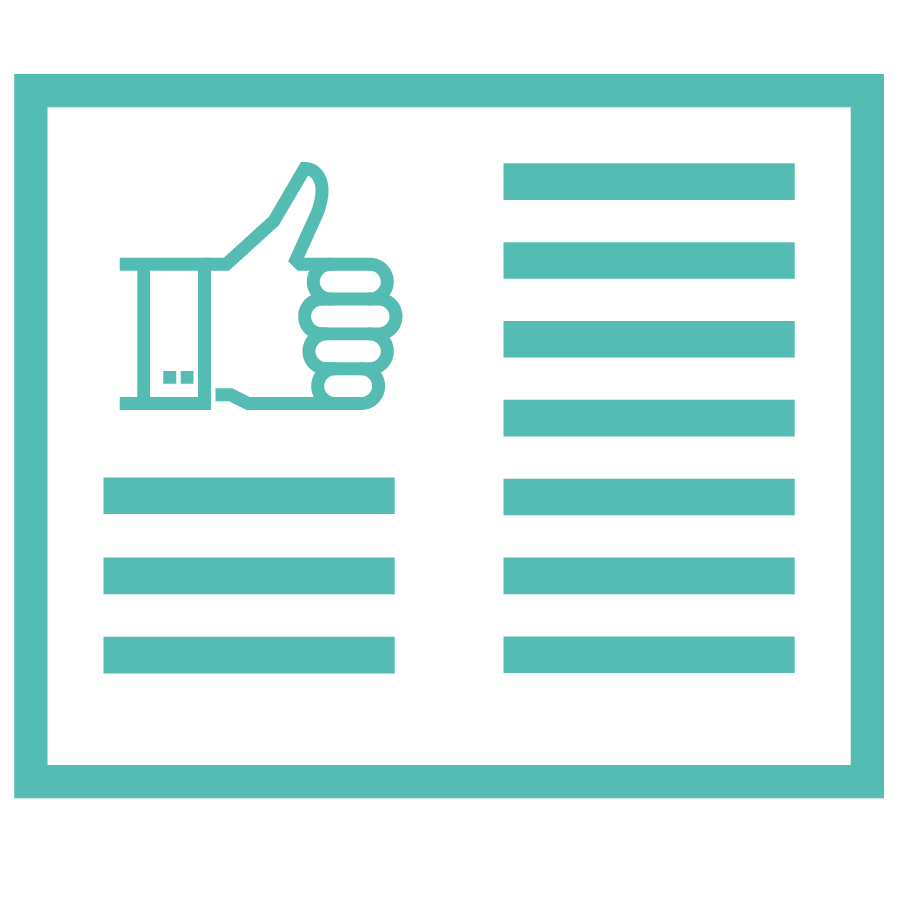
Give a brief overview of RFP software. Here’s an example:
RFP360 is an RFP management solution that centralizes the proposal process. It is a cloud-based software that acts as an RFP content repository, automation tool, communication platform, task and workflow tracker, and proposal creation program.
Next, explain exactly how you’ll use the technology. Bear in mind that RFP software has more than one application. The more uses you can find and plan to deploy, the more value you’ll get from the tool.
For example, RFP360 can be used for:
- Responding to RFxs (Business development, sales and marketing teams)
- Issuing RFxs (Procurement)
- Security questionnaires (IT teams)
- Due diligence questionnaire responses (Finance and legal)
- Sales enablement content (Sales team)
- Knowledge library (Company wide)
5. Costs
Outline the potential costs. Your vendors should be able to offer a ballpark price. Remember to ask about any variables that may change including number of users, projects and content storage. If RFP software is rolled out to other departments for security questionnaires or due diligence questionnaires, you want to have a full picture of how the increase in users will impact the prices.
6. Benefits
Offer an overview of your anticipated benefits. Be sure to include estimated improvements to efficiency, collaboration and consistency. Estimating the potential ROI of RFP software can be a powerful tool.
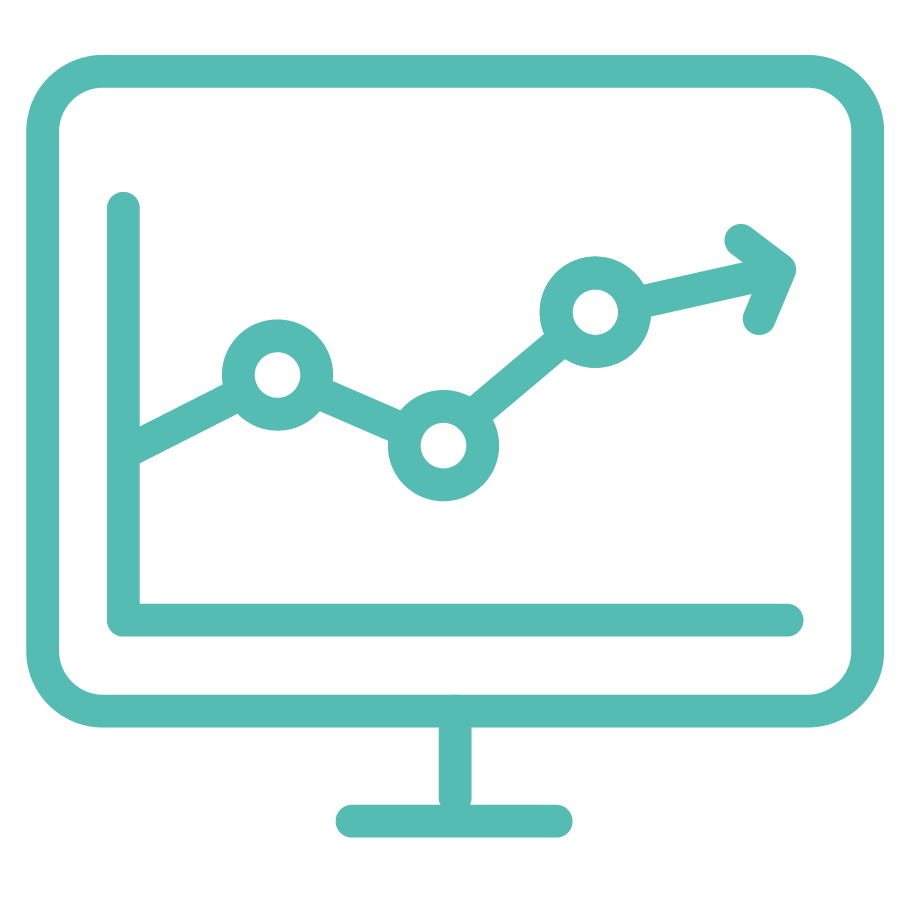
Download the ebook Measuring the value of RFP software to see the full list of benefits including:
- Improved win rates across the business
- Increased proposal response volume
- Reduced time required to prepare proposals
- Optimized content based on successful responses
- Reduced risk of sending out incorrect proposal responses
- Better visibility to changes and updates to proposal content
- Time saved selecting correct answers based on usage data
7. Initial project plan
While not required for every business case, including an initial project plan may be helpful. The project plan isn’t set in stone, but serves to illustrate that rolling out RFP software is not only practical but will cause little disruption. Include a timeframe for deployment, key roles and responsibilities, impact on other departments and any IT considerations.
Things to keep in mind when you write your RFP software business case
- Remember your audience
While you’ve likely done a lot of research and you’re excited to be able to present a viable solution to a problem that’s been plaguing you, remember that the person evaluating the business case is likely incredibly busy. They will determine the future of your project — so keep it brief, clear and factual. - Focus on why this is worth doing and expected ROI
It’s likely that the person or people evaluating your business case will be interested in how this product will improve efficiency, increase business and reduce risk. Focus your business case on big outcomes rather than the intricacies of how the software works. How does the software help the business achieve their goals?
Business case for RFP software template and example
If you’re still not entirely sure how to write a business case, you can take inspiration from this RFP software business case example. I’ve adapted a successful business case that I coauthored with one of our customers. This example includes stats reflective of our customers’ experiences.
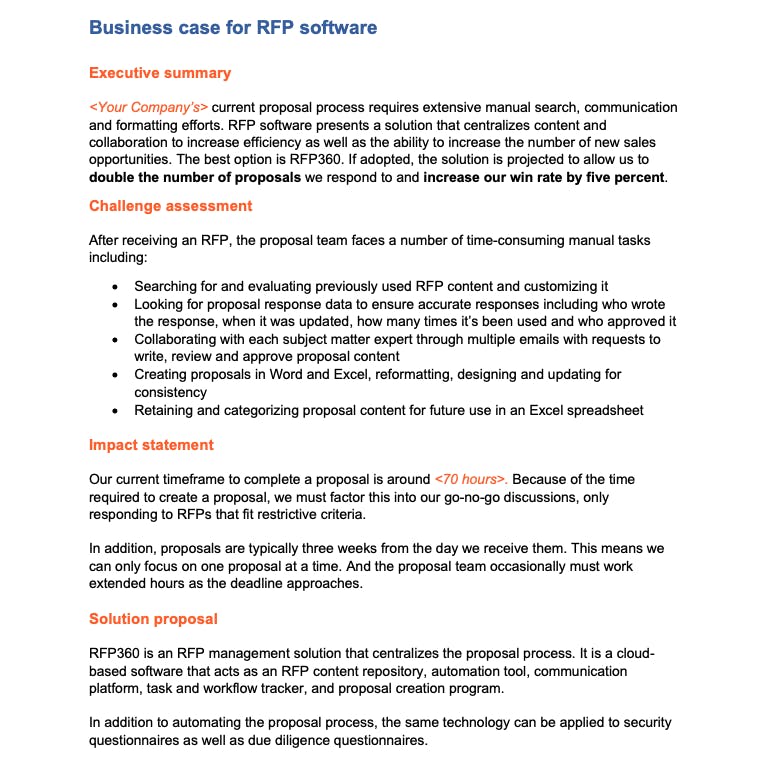
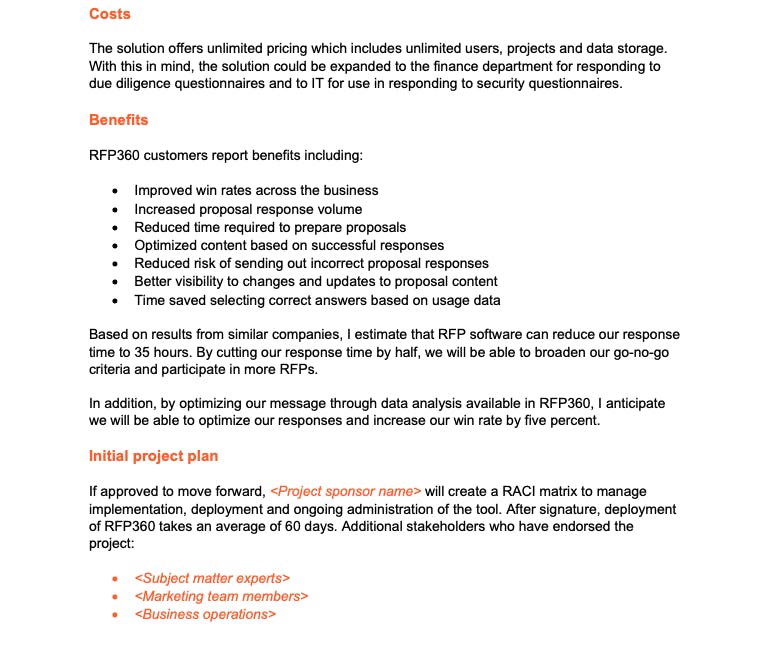
Are you ready for what comes next?
While you build your business case for RFP software, it’s inevitable that you’ll find new ways to improve your RFP process. While your business case makes its way through the approval process, explore ways to take action today.
By proactively optimizing your knowledge library, establishing better processes and honing your proposal management skills, you’ll be prepared when it’s time to deploy RFP software. With a little luck and a bulletproof business case, you’ll soon be automating your proposals, reducing stress and winning more.

